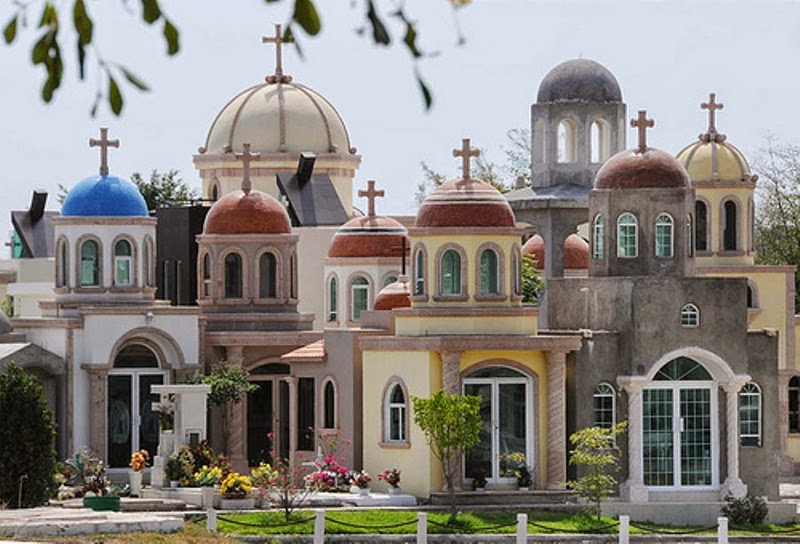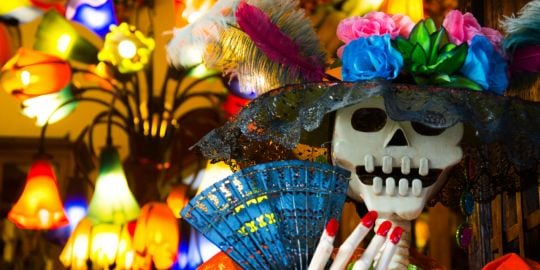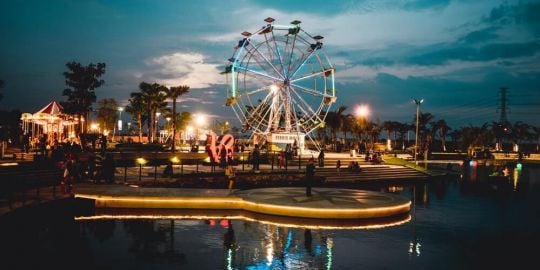Every time we tell people where we are going that is the first thing they bring up. We have both lived in Guatemala and understand walking around at night with a ROLEX & a $1000 iPhone will get you in trouble. We also realize that certain areas are better to not visit by yourself and at night...that being said, have they gotten into SMA as the news of late has indicated a great jump in the activities over the past 6 months? Any advice appreciated.
Cartels Activity?
Msoutherland62 wrote:Every time we tell people where we are going that is the first thing they bring up. We have both lived in Guatemala and understand walking around at night with a ROLEX & a $1000 iPhone will get you in trouble. We also realize that certain areas are better to not visit by yourself and at night...that being said, have they gotten into SMA as the news of late has indicated a great jump in the activities over the past 6 months? Any advice appreciated.
I would have thought someone from SMA would have responded by now. So I will just say that what I have heard and observed over the last few years.
I was in the area with a native friend a few years ago He felt that the area near SMA had declined quite a bit. I noticed that places not too far from SMA had signs of unrest, lots of closed businesses and graffiti. If you are not familiar with the state of Guanajuato all may seem fine but those who have followed the trends are a bit more reserved. We were in Morelia in Mochacan several times over the last 7 years and we saw a change there also.
As you pointed out being the obvious wealthy tourist is never a good idea, and there is plenty of that in those areas. Of course, cartels are about money but even more about rivalry and territory. The violence and deaths are pretty much about territories, not about tourists.
Thank you very much!
The movie "El Infierno" shows most killings within cartel members is more related to one cartel (gang) kidnaps someone knowledgable of the operation of a rival gang close by and tortures them to find out where the money or drugs are. They take him there armed and in in numbers, steal the money or drugs and leave everyone dead. Next that gang being robbed kidnaps ... It can on for years until they mostly perish or whats left join another gang etc. The word cartel sometimes means 30 to 60 gang members in a small isolated rural area close to the US border [in the movie El Infierno] or large city neighborhood etc. not necessarly 600 to 2,000 or more organized crime operatives [ insert name of cartel and the leader here ] fighting over territory the main stream media presents most of the violence and murders are attributed to. I assume the large cartels do the same thing as the movie El Infierno portrays as well. Think about it - if they can not get the money or drugs someone stold back why not wait until they all or most are partying together in a restaurant or house and kill them. That is a message to others who might try it. It also might get them killed by the ones remaining like in El Infierno. The movie ends with all dead but shows the son years later of the main character dtive up in a new pickup putting flowers in front of his murdered father's large septula with his own large vacant septula beside his father's already built. This is a portrait of this type of Macho culture ready to die but be a big shot for awhile like the famous song 25 years ago says: "I'd rather be a narco for 5 years than be a ranch hand for all the rest of my life."

http://somosculto.blogspot.com/2014/07/ … s.html?m=1
"The carnage that characterizes drug lords in Mexico reaches their graves in a Sinaloa cemetery, where they lie surrounded by their most coveted objects such as weapons, jewels or trucks, in mausoleums of several floors, with artificial climate and some with area of parties.
Truck caravans with 'family and friends arrive in the evenings with bands and music, shoot bullets and stay until dawn. Here, even great artists have come to sing. '
The Jardines de Humaya pantheon was built in 1966 in Culiacán, capital of Sinaloa (northwest), cradle of the main Mexican drug traffickers, and is known because they contain the tombs of capos like Arturo Beltrán Leyva 'El Jefe de Bosos' and Ignacio 'Nacho Colonel', killed by soldiers in 2009 and 2010 respectively.
In the tombs, many with photos of young people, there are statues or images of San Judas Tadeo, Jesus Malverde or Santa Muerte, which make up the saints venerated by organized crime."








